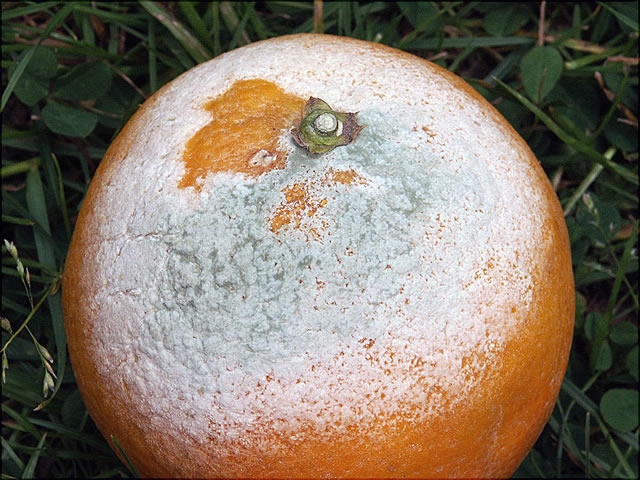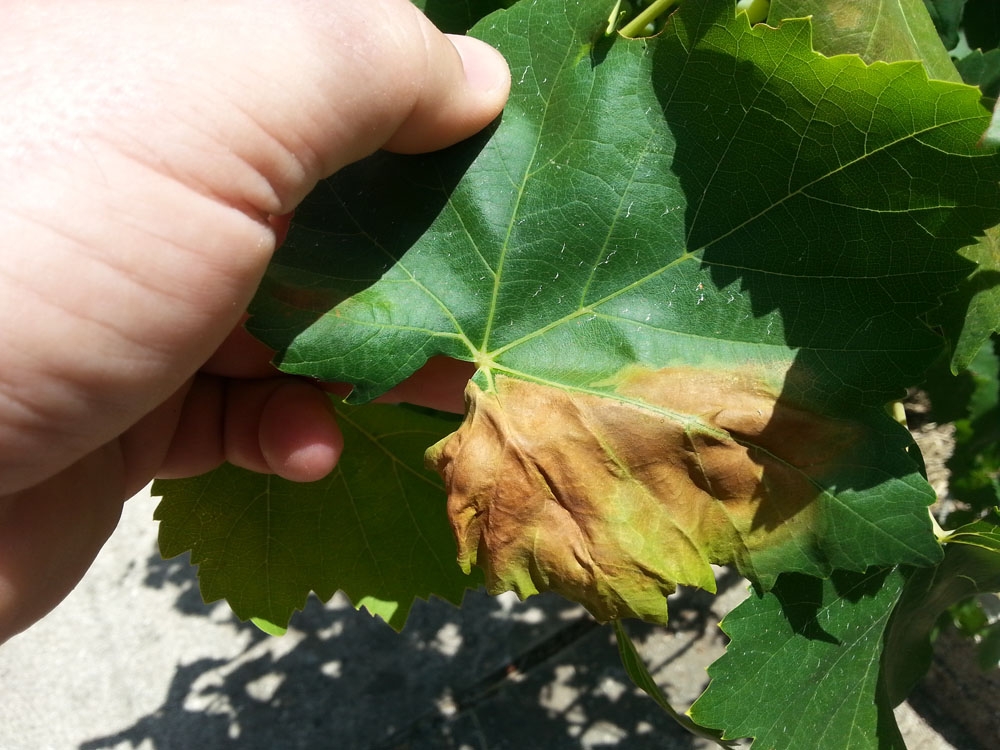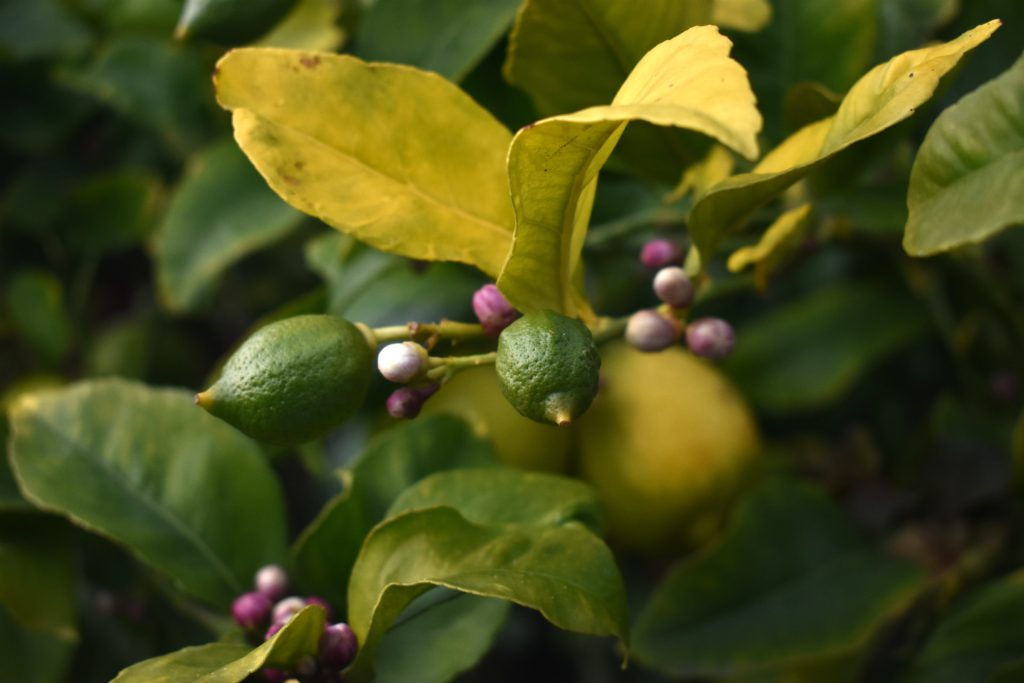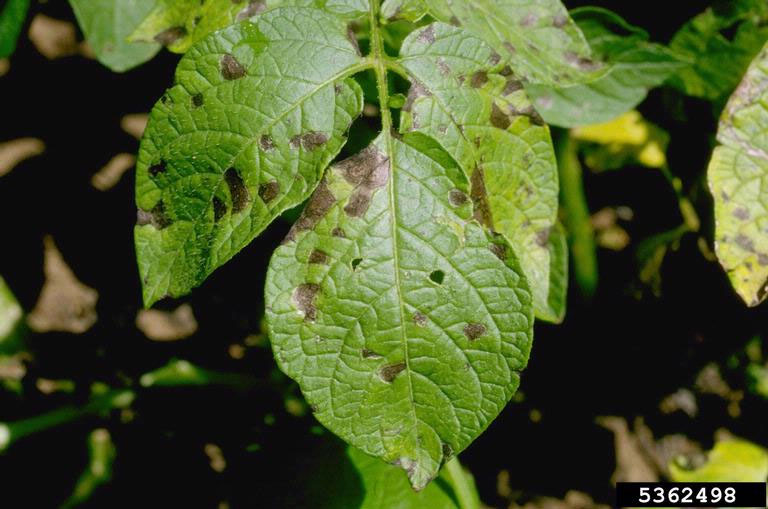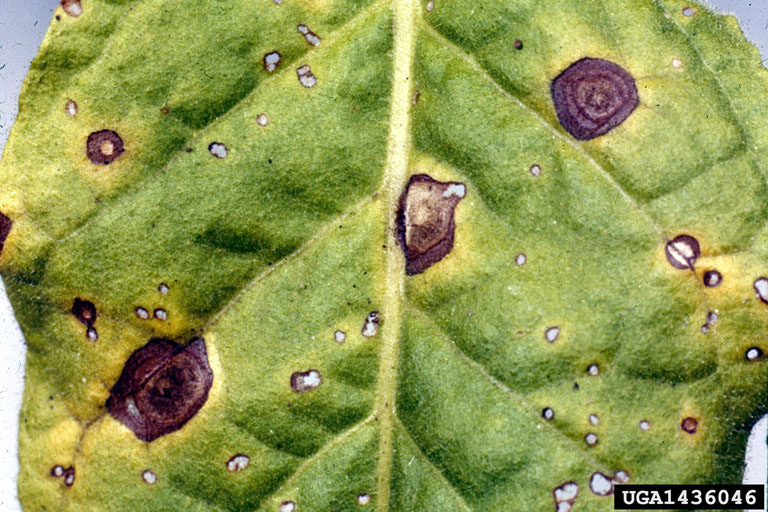Penicillium fruit rot is a postharvest rot that causes very severe damage (up to 100%) to citrus, apple, vine and vegetable crops. Additional damage is also caused by ethylene produced by the pathogenic fungi, which, because it increases fruit respiration, reduces the lifespan of healthy fruit in the same storage area as the affected fruit. These postharvest rots become widespread when harvesting takes place in wet and rainy weather.
Scientific name: Penicillium digitatum, Penicillium italicum, Penicillium expansum, Penicillium sp.
In Citrus family: Penicillium digitatum (green rot), Penicillium italicum
In Pome fruits: Penicillium expansum (blue mold rot)
In Vine: Penicillium sp.
Greek name: Σήψεις καρπών από πενικίλλια, Πράσινη σήψη, Κυανή σήψη
Symptoms
A slightly sunken, wet-like spot is initially observed on the surface of affected fruit, which rapidly expands over the entire fruit. Then a characteristic blue or green fuzz develops (exfoliation by the fungal carpophores), which slowly covers the entire fruit. Affected fruits give off a characteristic mouldy taste and smell. In an environment of high relative humidity, the affected fruit decomposes completely with the intervention of other secondary micro-organisms (fungi – bacteria). In an environment of low relative humidity, the affected fruit dehydrates, shrinks and becomes mummified.
Pathogen – Growth conditions
Penicillium fruit rots are caused by fungi of the genus Penicillium. The fungi enter the fruit through wounds caused by harvesting, sorting or packaging. On the fruit the fungi form their characteristic fruit spores and spores. The spores (conidia) are released by air or by slight movement and are transported to the healthy fruits. The main source of infection is infected fruit in packaging and storage areas.
Rot is favored by high temperatures (22-24 degrees Celsius) and slowed down at lower temperatures.
Treatment
To protect the fruit it is recommended to avoid wounding at harvest and to disinfect the fruit by appropriate means on the tree or before packing. In addition, storage should be carried out as soon as possible and under normal conditions of ventilation and relative humidity.
Source
www.bayercropscience.gr
Penicillium digitatum
Penicillium italicum
Penicillium expansum
Penicillium Sp.
Tags: APPLE TREE • LEMON TREE • ORANGES • PLANT DISEASE • VINEYARD

